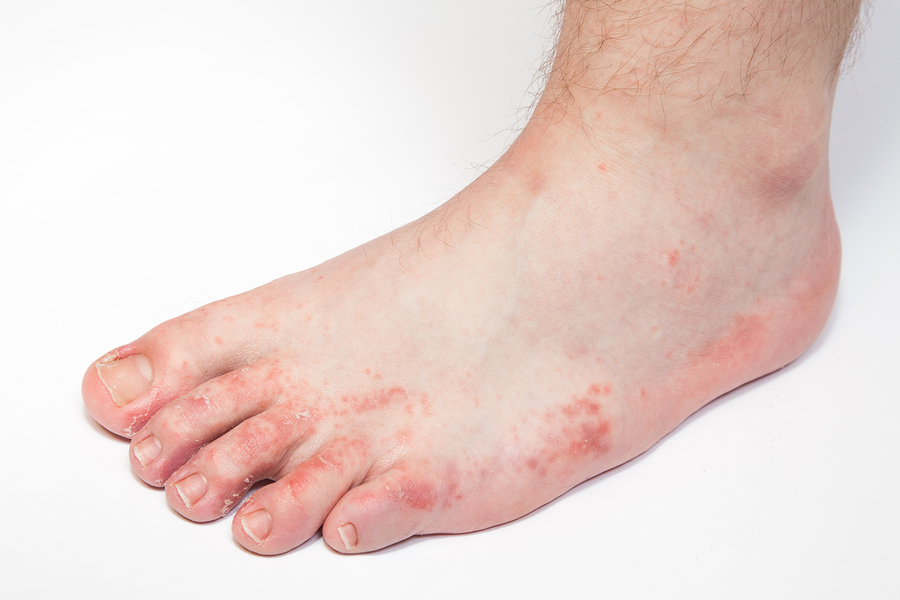Athlete’s foot, also known as tinea pedi and ringworm of the foot, is a fungal infection that affects the upper layer of the skin of the foot skin between the toes, especially when it is warm, moist, and irritated. Learn more on the subject of stinkin rich tragamonedas gratis.
.


